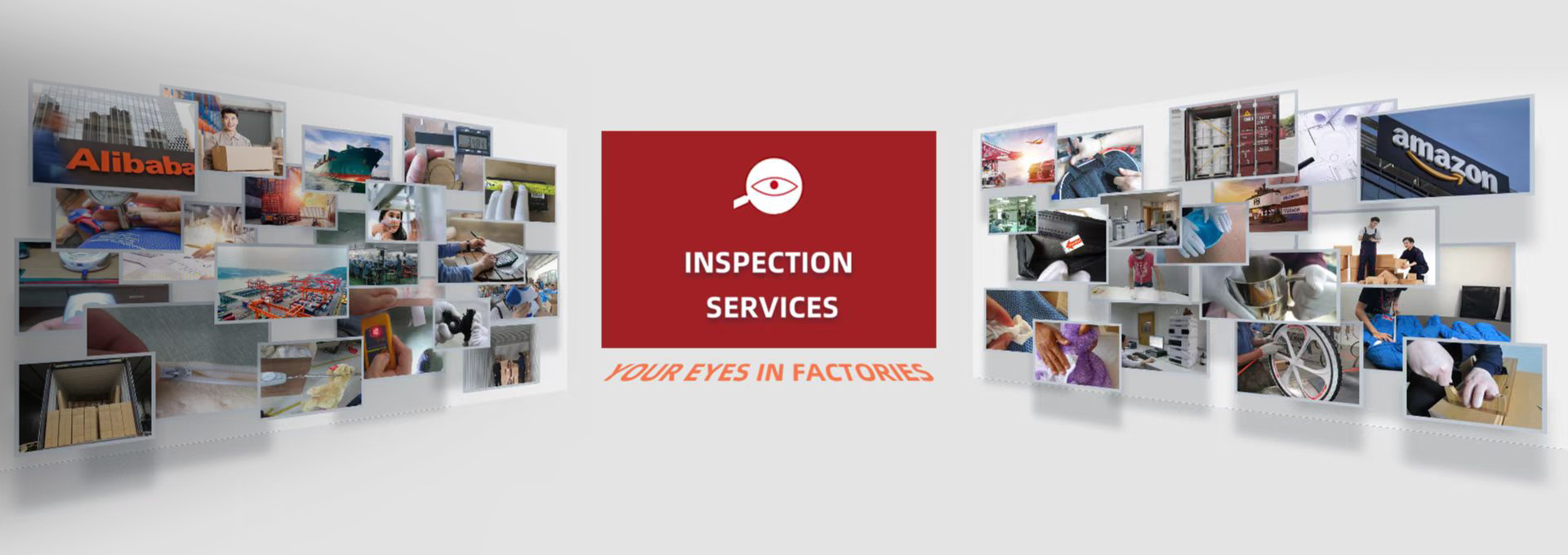
How to Decide Sampling Plan and Acceptable Quality Level
Product Inspection
Standards

Inspector Performs Product Inspections Services According to:
- Recognized international quality standard: ANSI/ASQ Z1.4-2003 (Equivalent to ISO 2859-1), also known as the AQL Tables
- Client’s requirements, specifications, criteria and instructions.
- Our team expertise and experience in quality control.
- Our Western common sense.
What Do We Inspect During an Inspection?
- The quantity produced (semi-finished, finished, and packed)
- The visual appearance (cosmetic check of the mass production)
- The product specifications (size, dimensions, colors)
- The labeling and marking
- The packing and packaging
- All possible functions and possible tests (safety, abuse, printing etc)

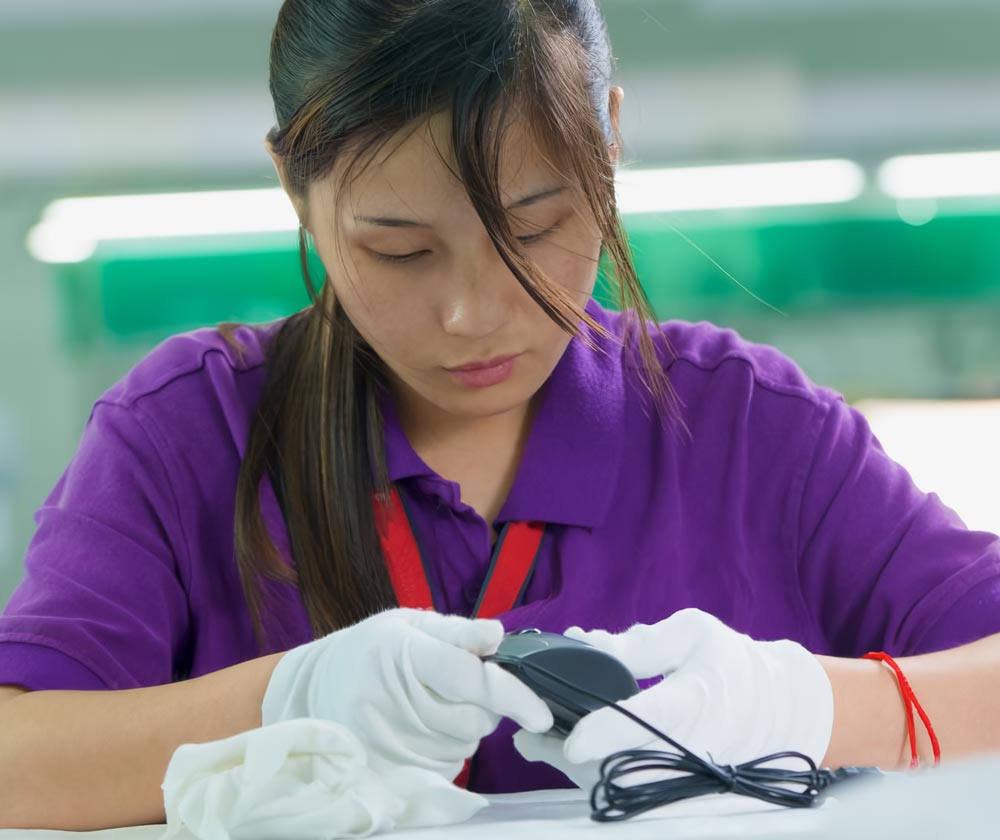
How to Decide If the Number of Defects Found Is Acceptable?
We uses the recognized international Quality Control standard ANSI/ASQ Z1.4-2003 (Equivalent to ISO 2859-1), also known as the AQL Tables to conduct product inspections services.
Acceptance Quality Limit
The AQL is the quality level that is the worst tolerable process average when a continuing series of lots is submitted for acceptance sampling.
Basically, we randomly select a sampling size quantity (based on the AQL tables) to be inspected. We inspect the sampling size and classify the defects into Critical, Major and Minor defects.
According to the number of defects found for each type and according to the number of defects allowed (figures given by the AQL tables), we will advise you to accept or to reject your shipment.
Then it is up to you to make your own decision based on the information and recommendations we have provided to you.
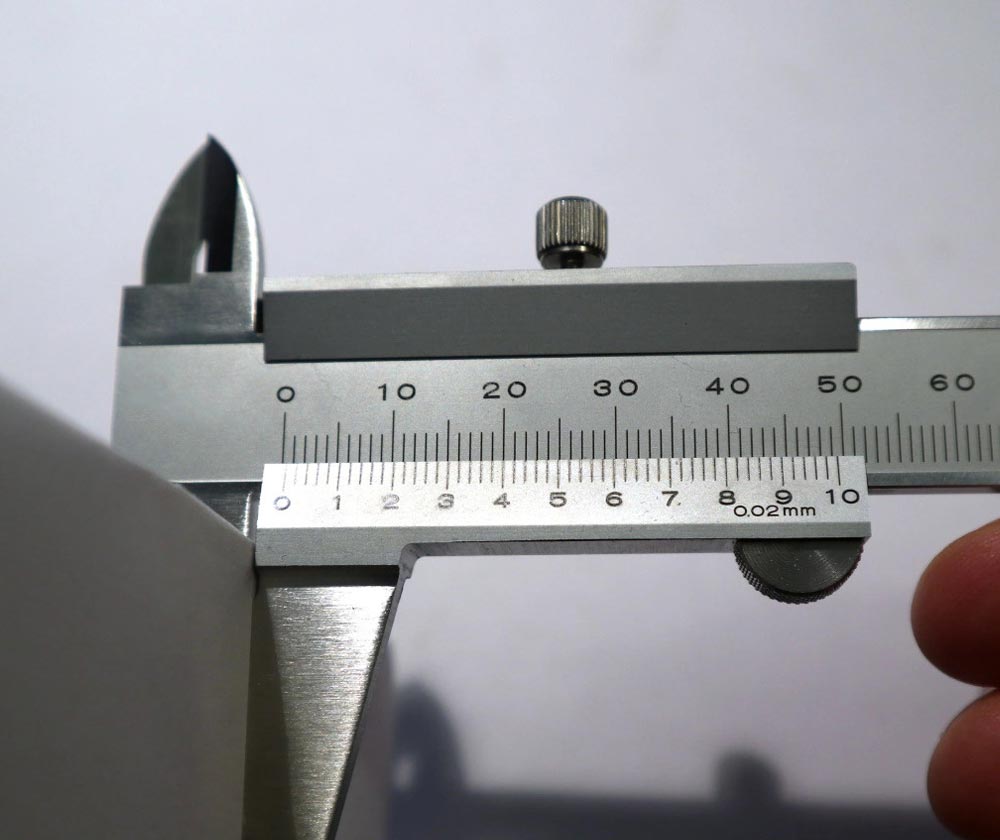
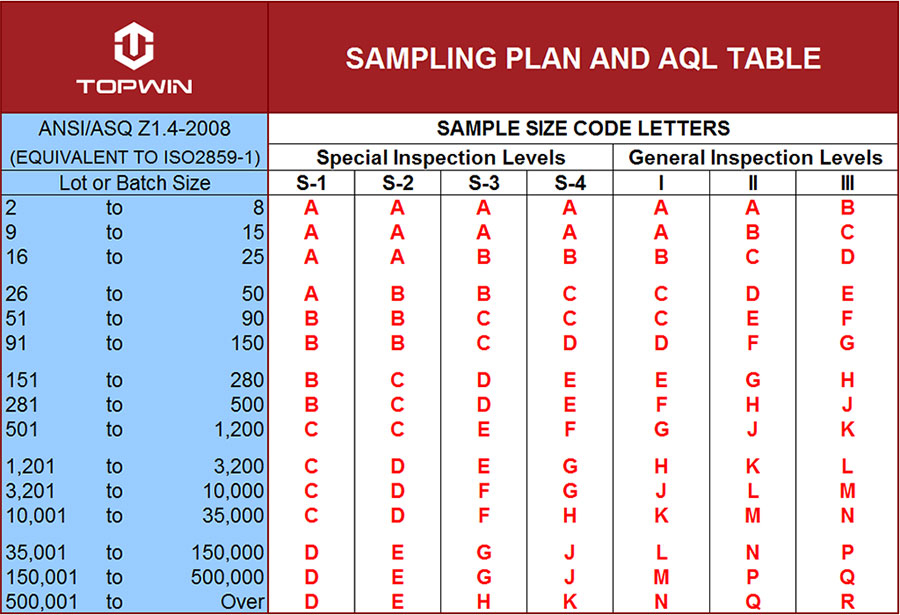
How to Use the AQL Tables?
The AQL tables will help to determine the sampling size we will need to inspect according to your ordered quantity and your level of severity (I, II or III). The general inspection levels, the one used by default and by 98% of the people is the level II for a standard inspection.
If your order has multiple references, ideally, we should at least inspect a level II on each reference.
Indeed, for a standard order, the standard level II from the AQL gives the minimum sampling size we should check per reference if we do not want to take additional risks. If we inspect a general level II sampling size on multiple reference orders, then the sampling size is diluted and divided by the number of references, increasing the risks as the sampling size must be representative enough.
Please check here if you want to see more explanation about the AQL tables and the AQL tables itself.
TOPWIN uses the Acceptance Quality Limit standard (ANSI/ASQ Z1.4-2003) during product inspections, unless another standard is requested by the client.
How to Use the AQL Tables?
In order to find the necessary sampling size to be inspected, we look at the first chart and find on the left side the range of items being produced in total. You have the choice of levels I, II and III, with Level III being the most stringent testing and level I being the least. Level II is the standard and is most often used. For example, if you are producing 8000 items, at level II you have the letter L, which in the second table says to inspect 200 items.
On the top of the second chart are the defect levels, ranging from 0 to 6.5. You can choose which level to apply for your type of defect: critical, major, and minor. Usually, most importers will choose standard defect levels which are 0/2.5/4 but one can choose 1/1/1 if he wishes or 0/1.5/2.5 like in the automotive industry. Using the standard 0/2.5/4 defect levels and a sample size of 200, we see that if you have more than 0 critical defects, 10 major defects or 14 minor defects, you should reject your shipment. Of course the decision about what to do after your received the inspection results belongs to you. Most importers will wish to discuss all inspection findings with their vendor/manufacturer in order to improve whatever possible. In case the inspection results are very close to AQL limits, it is important that you double check if the level of found defects is acceptable to you or not.
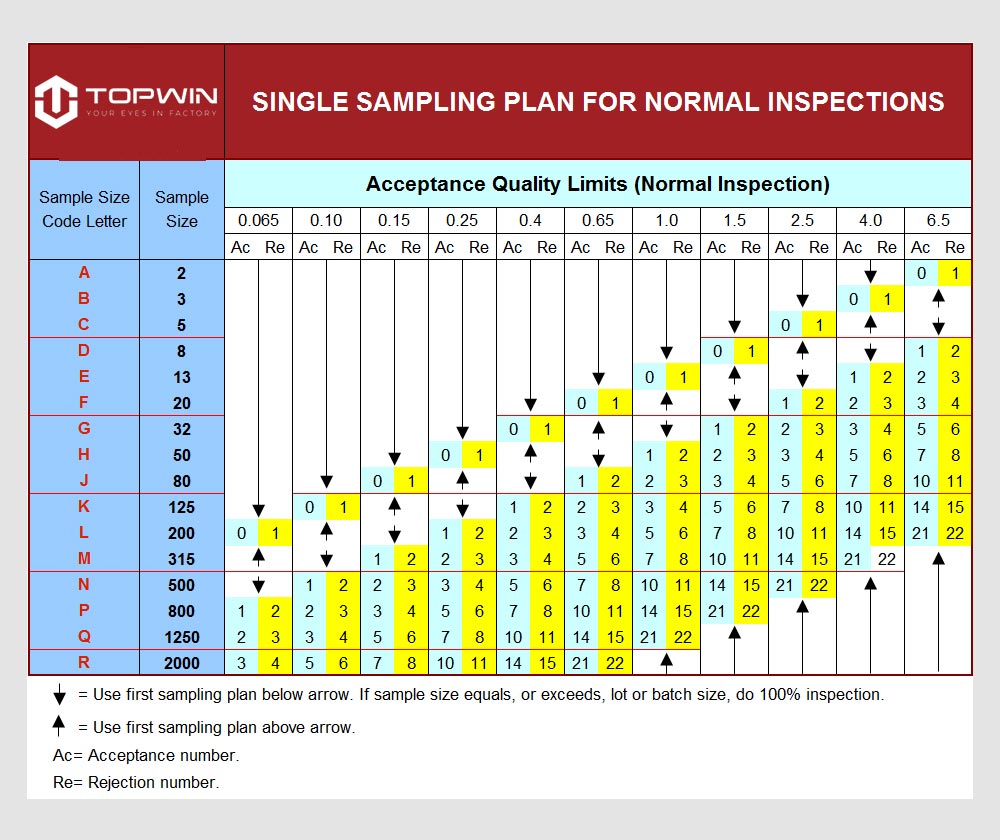
OUR CREDENTIALS

AQSIQ
Accreditation

Amazon
Cooperative Partner
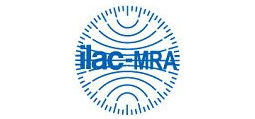
CNAS 17020
Accreditation
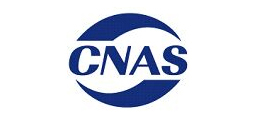
CNAS 17020
Accreditation
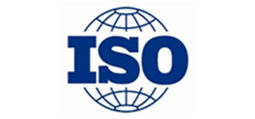
ISO 9001: 2015
Accreditation

Operating across Asia
in 18 countries

20+ years of experience
A long history tells

AQSIQ
Accreditation

Amazon
Cooperative Partner
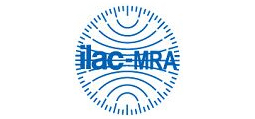
CNAS 17020
Accreditation
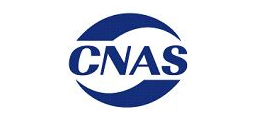
CNAS 17020
Accreditation
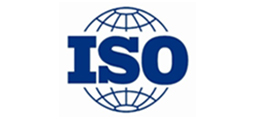
ISO 9001: 2015
Accreditation

Operating across Asia
in 18 countries

15+ years of experience
A long history tells







